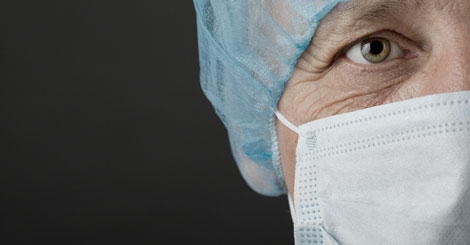
NEWS RELEASE
NORTH EAST LHIN
*************************
The North East Local Health Integration Network (North East LHIN) has been successful in getting the entire Northeastern Ontario region to be designated as one of high-physician need.
This is good news for all Northerners. Under new Ministry of Health and Long-Term Care guidelines, as of June 1 physicians can only apply for new practice spots at Family Health Organizations or Family Health Networks in areas with a high-needs designation.
This designation is key to future recruitment efforts throughout Northeastern Ontario.
While there are many different physician models to choose from, Family Health Organizations and Family Health Networks are considered among the most sought after by new physicians and those seeking relocation.
“Making sure that these models are available in all communities across the Northeast -- including our four major centres -- is important to ensuring we are able to attract and keep new physicians,” said Dr. Paul Preston, Primary Care Lead for the North East LHIN. “With close to 12 percent of people in the North East LHIN still looking for primary care, we need to ensure all our communities are attractive to physicians.”
“This is important behind-the-scenes work that will have a big impact on recruiting and retaining docs to our area,” added Dr. Reena Dhatt, primary care lead for the LHIN’s Sudbury/Manitoulin/ Parry Sound hub.
At first glance, the North East’s cities appeared to have adequate ratios, therefore, failing to meet the high-needs designation.
But this is where the North East LHIN and its primary care leads were able to step in and provide a reality-check.
“Initial numbers showed higher ratios of physicians in the cities, but when we really drilled down on the physician lists we discovered many had retired, left the area, or switched from a primary care practice to a different form of medicine,” explained Louise Paquette, CEO of the North East LHIN. “Our primary care leads were invaluable in helping us get a clearer picture of who is actually practicing.”
Three factors are taken into consideration to become an “area of high physician need,” including:
a community’s rurality (Rurality Index for Ontario) score; family physician to population ratio; and input from each LHIN based on their knowledge of local demographics, socioeconomic factors, service capacity, access issues, and unique population health needs.
“It’s a huge relief that all of the North East is on the high-needs list,” said Dr. Yves Raymond, the North East LHIN’s Primary Care lead for the Cochrane Hub. “This will make our work to increase access to primary care easier.”
About the North East LHIN
- The North East LHIN is responsible for planning, integrating, coordinating and providing funding to 145 health service providers in Northeastern Ontario including mental health and addiction providers, hospitals, community support services, community health centres, and long term care homes. It oversees $1.4-billion in local health care investments on behalf of the 565,000 residents of Northeastern Ontario. www.nelhin.on.ca.
- Close to 12 percent of people in the North East LHIN do not have a primary care provider (physician or nurse practitioner). The provincial average is 6 percent.
- Work undertaken by the North East LHIN to understand how primary care is delivered shows that there are approximately 370 physicians providing comprehensive primary care (through Family Health Networks, Family Health Organizations, Family Health Groups, Group Health Centre, Family Health Teams), six Community Health Centres, three Aboriginal Health Access Centres, six Nurse Practitioner-Led Clinics, and the Weeneebayko Area Health Authority, delivering care to approximately 432,500 patients.
*************************


